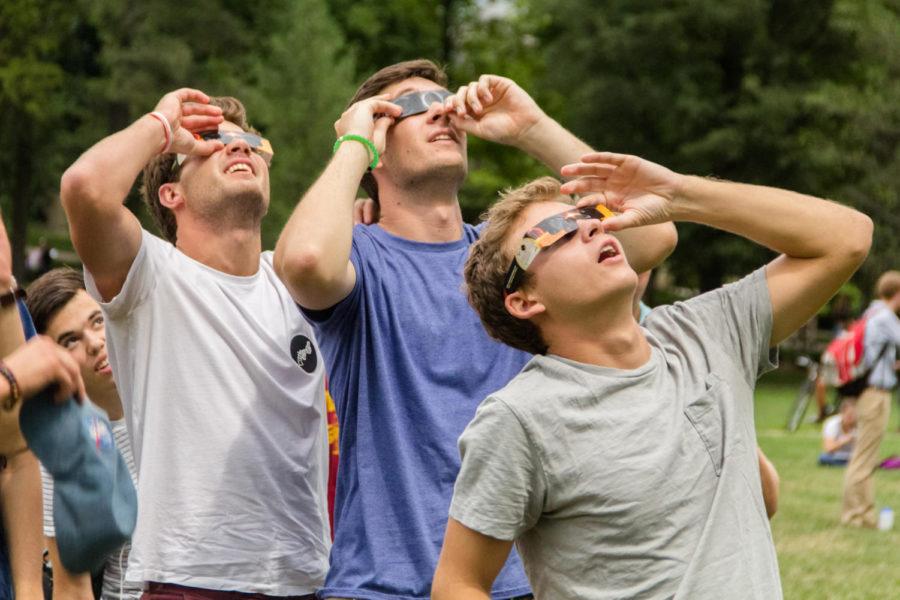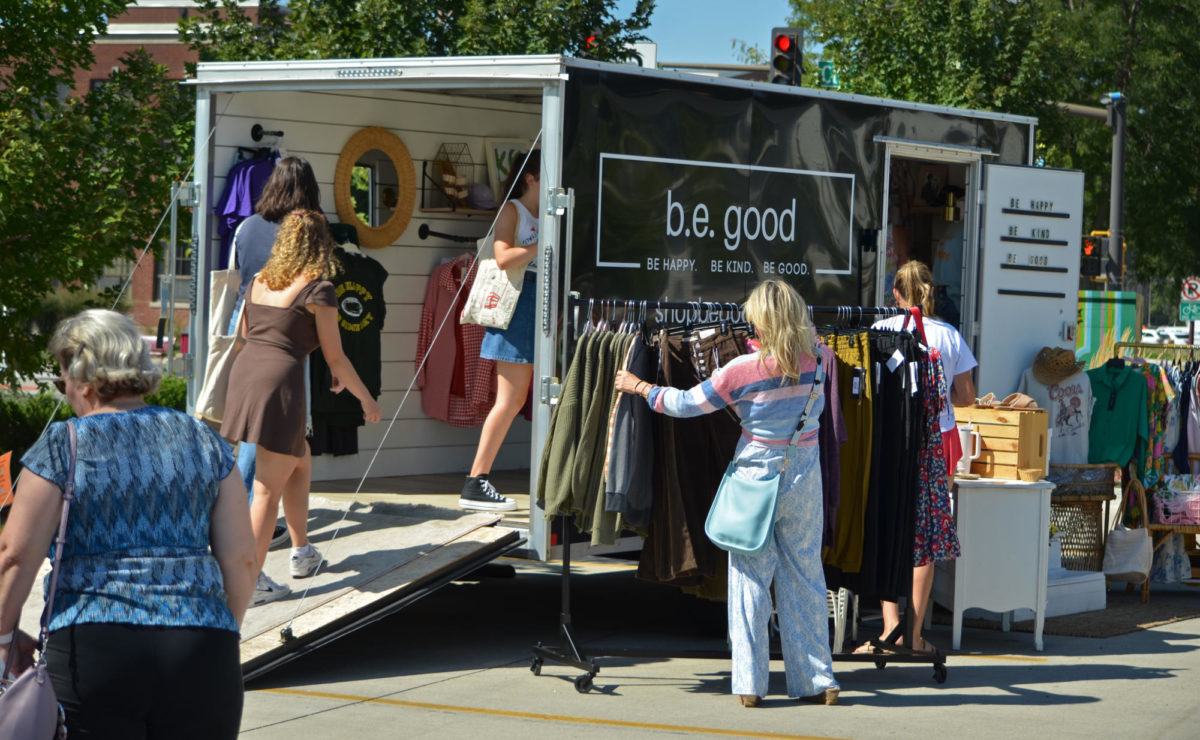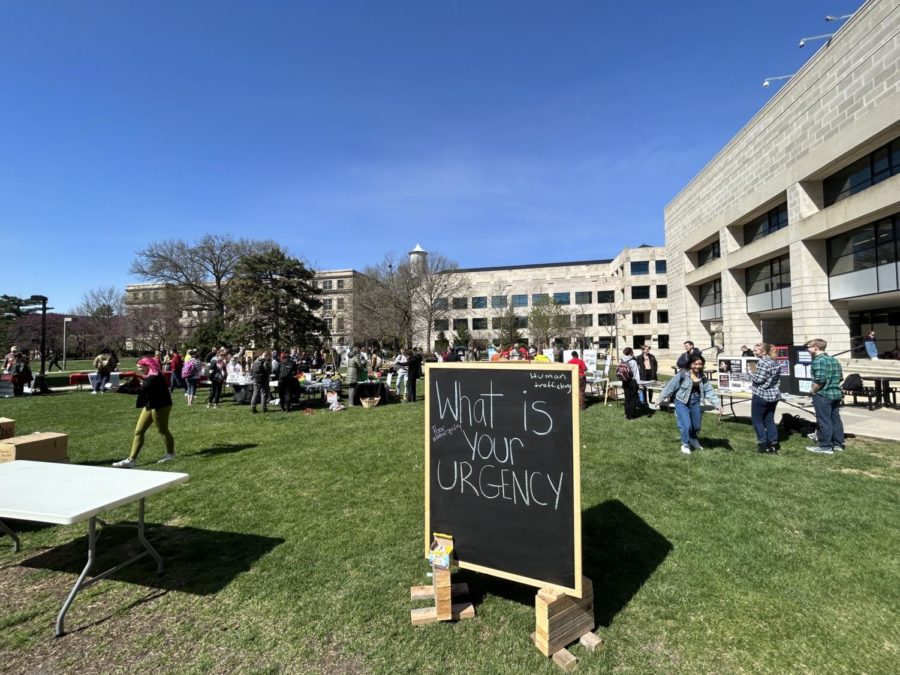This Monday, there will be a total solar eclipse, and there is some information that you may want to know if you plan on viewing it. Though Ames is not going to be in the path of totality, there will still be good coverage if you plan on watching from campus or the surrounding areas.
Steve Kawaler is a professor of astronomy at Iowa State with a Ph.D. and MA in astronomy from the University of Texas at Austin and a bachelor’s degree in physics from Cornell University. Kawaler shared his thoughts about the upcoming eclipse, what to do for the best experience and what is special about the eclipse.
“The next good one won’t be until 2029,” Kawaler said. “ The reason why there’s so much interest in this coming one is that it is a total eclipse for a large fraction of the country and the second total eclipse visible in the U.S. in the past seven years.”
Those who would like to witness the eclipse with full coverage will have to travel to either southwest Missouri, northeast Arkansas, southern Illinois or north-central Indiana.
“For those in Ames, anywhere that you’ll be able to see the sun will be fine. The maximum of the eclipse is at 1:59 with the first bit appearing at 12:45 and the last at about 3:15,” Kawaler said.
Though the eclipse is happening in the middle of the school day, Kawaler advises students to watch it.
“I urge everyone to try to get to the total eclipse path. The partial phase is something that is cool, but you won’t even notice it unless you try to see it,” Kawaler said. “The total eclipse is an entirely different phenomenon.”
Solar eclipses are something everyone should experience, but with the correct safety precautions for viewing. The ultraviolet light from the solar eclipse is harmful to the eye. It can cause permanent damage and even blindness if not using the correct protective eyewear.
“Eclipse glasses are ideal. No sunglasses, smoked glass, etc…If you can see anything at all through your filter that isn’t as bright as the sun, then don’t use it,” Kawaler said.
Staring directly at the sun can cause terrible damage to your eye.
“The consequences of unfiltered sun-gazing are permanent loss of vision in the part of your retina that the sun burns,” Kawaler said. “There are other safe ways of seeing the eclipsed sun.”
Seeing this solar eclipse, even if not in the path of totality, is a once-in-a-lifetime opportunity. Everyone should try to see it at some point during the hours it is visible. You can view it starting at 12:45 p.m. with the maximum amount of coverage around 1:59 p.m. The eclipse finally ends at approximately 3:15 p.m.
“This is the last chance in decades to see one relatively close to home,” Kawaler said.













